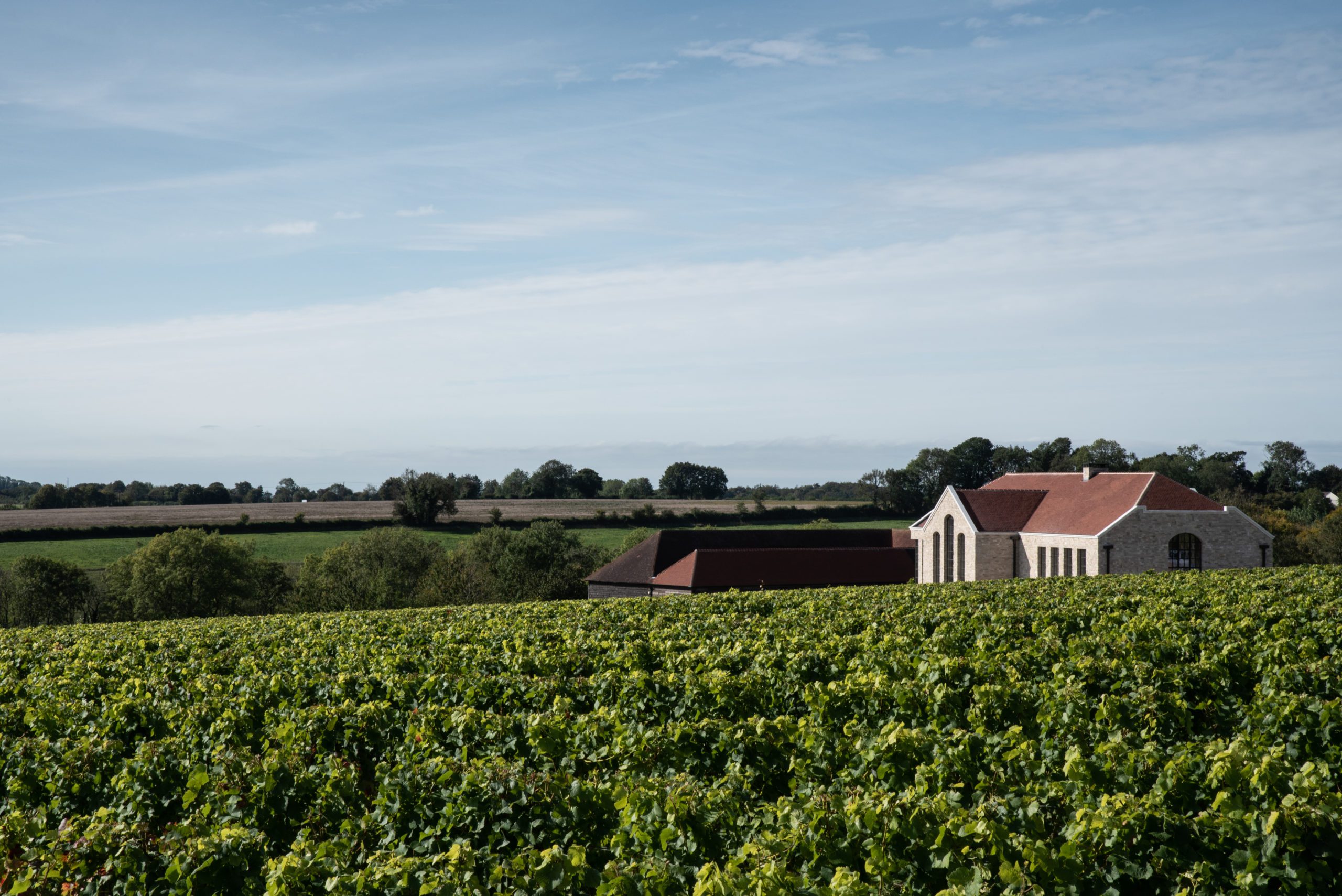| Hampshire is a thriving hub of English wine, particularly of sparkling wine, as a recent tasting illustrated. This had become an annual event, until Covid intervened, with nine wineries taking part: Black Chalk, Cottonworth, Danebury Vineyards, Exton Park, The Grange, Hambledon Vineyard, Hattingley, Louis Pommery at Pinglestone Estate, and Raimes. They are scattered, with three near Stockbridge; Hattingley is close to Alton and the others are within or close to the South Downs National Park. They vary in size and importance; some have their own facilities; others depend on contract winemaking. It all began at Hambledon back in 1952, when Sir Guy Salisbury Jones, who is remembered as one of the pioneers of English wine, planted vines on a south-facing slope in front of his house in the village of Hambledon. Fast forward to 1999 when the property was purchased by a city businessman, Ian Kellett, who was inspired by the burgeoning success of Nyetimber and Ridgeview. He replanted with the grapes of champagne, on chalk soil that is 60 million years old and very similar to that of the Côte des Blancs in Champagne. The estate has grown from the original five-hectare slope to 80 hectares, all close to the village of Hambledon and they only use grapes from their own vineyards. The talented young Swedish winemaker, Tobias Tullberg, has been at Hambledon since 2016, and helped mastermind the building of a cellar that functions by gravity. Tobias talked about the importance of fractioning the juice, with a first and second cuvée, followed by a first and second taille, making for distinctive base wines, and following the rules of champagne, even if there is no obligation to do so. Essentially, Tobias favours minimal intervention, with a long élevage and uses very little sulphur. Ageing on the lees, especially in barrel is essential to the flavour, adding body to the acidic base wines. The range is very logical. First, there is Classic, both white and rosé, which represents the house style, with a sense of place. The wine is given three years on the lees, before any ageing sur lattes, as opposed to a legal minimum of nine months. Premier is a selection of the best vins clairs of the year, both from tank and barrel, with some reserve wine and spends at least six years on the lees. For the moment, there is only a white Premier, but a rosé is in the pipeline. The disgorgement date always appears on the label. |
| Simon Robinson at Hattingley came to wine from a career in law, buying land near Alton in 1999, to create a commercial farm that now includes 9.5 hectares of vines. His winemaker, Emma Rice, has had a varied career including time in both Tasmania and California before joining Simon at Hattingley in 2009 and is now about to go on to pastures new. She is very practical, declaring that the three key things about winemaking are organization, logistics and cleanliness. You get those right and then you can add the artistic creative aspect. I quizzed Simon and Emma as to whether there is a distinctive character to the wines of Hampshire. Simon observed that the chalk of the South Downs opens up as you reach Hampshire and that most of the vineyards of the county are on that chalk. There is enormous potential for planting; it is a county of large landowners, and not as densely populated as some of the Home Counties. They are also a very professional group, in a relatively small area. Whereas Hambledon only makes sparkling wine, Hattingley has diversified into still wine, to include a delicate rosé mainly from Pinot Précoce, with some Pinot Noir and Pinot Meunier. Their Chardonnay favours what Emma called a Chablis style, with no oak and no malolactic fermentation, and the Pinot Noir is nicely savoury. Unlike Hambledon, Hattingley do buy grapes from elsewhere, so the Pinot Noir for the still wine comes from one vineyard in Kent and another in Essex. The sparkling wine range comprises a NV classic Reserve, based on Chardonnay, with some toasted notes, after five and a half years on lees. The 2018 rosé, with vibrant raspberry fruit, comes only from Pinot Noir and Pinot Meunier; Chardonnay doesn’t have a place in rosé for Emma. The 2014 Blanc de Blancs spent six years on lees, with 10% barrel fermentation, to make for creamy depth. And 2018 Kings Cuvée is a selection of the best of that year. |
| The advantage of making sparkling wine in England is that you are allowed to do exactly what you like; you have freedom and you can take a risk. As Corinne Seely, who makes the wine at Exton Park, and hails from Paris via Bordeaux, observed: you can do things that are simply not permitted in Champagne. Corinne’s winemaking very much emphasizes the importance of blending in sparkling wines, and with time to consider during the restrictions of Covid, she has developed the range with appropriate labelling, so that an RB number indicates the number of components in the blend. Brut RB32 Brut has 32 components, RB23 Rosé, 23, and so on with RB28 Blanc de Noirs and RB45 Blanc de Blancs. As Corinne says, we have a galaxy of reserve wines, going back to 2011 so we use those to make our wines, and the most recent vintage to add an element of freshness and to top up the reserves. The acidity levels are high, which Corinne likes, observing the more you age Chardonnay, the more you get notes of brioche, but the acidity will always keep the wine fresh. |
| So, as to a common Hampshire theme, I am not sure. I would say that it’s the individuality of the different estates that stands out, and that is what is contributing to the growing success of WineGB. |




